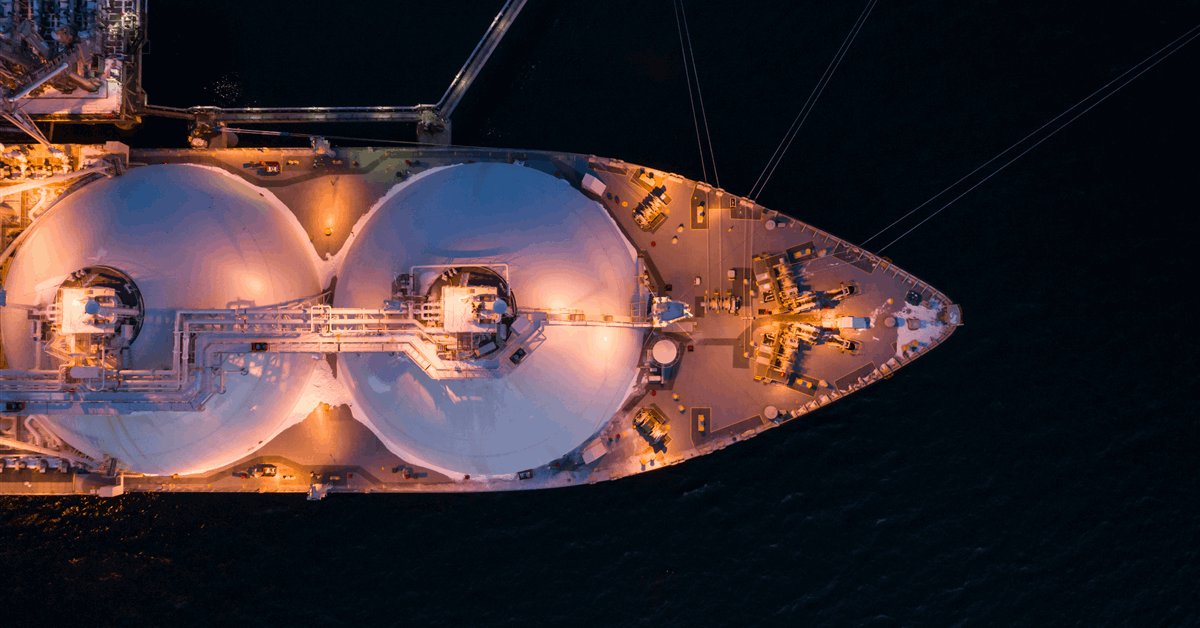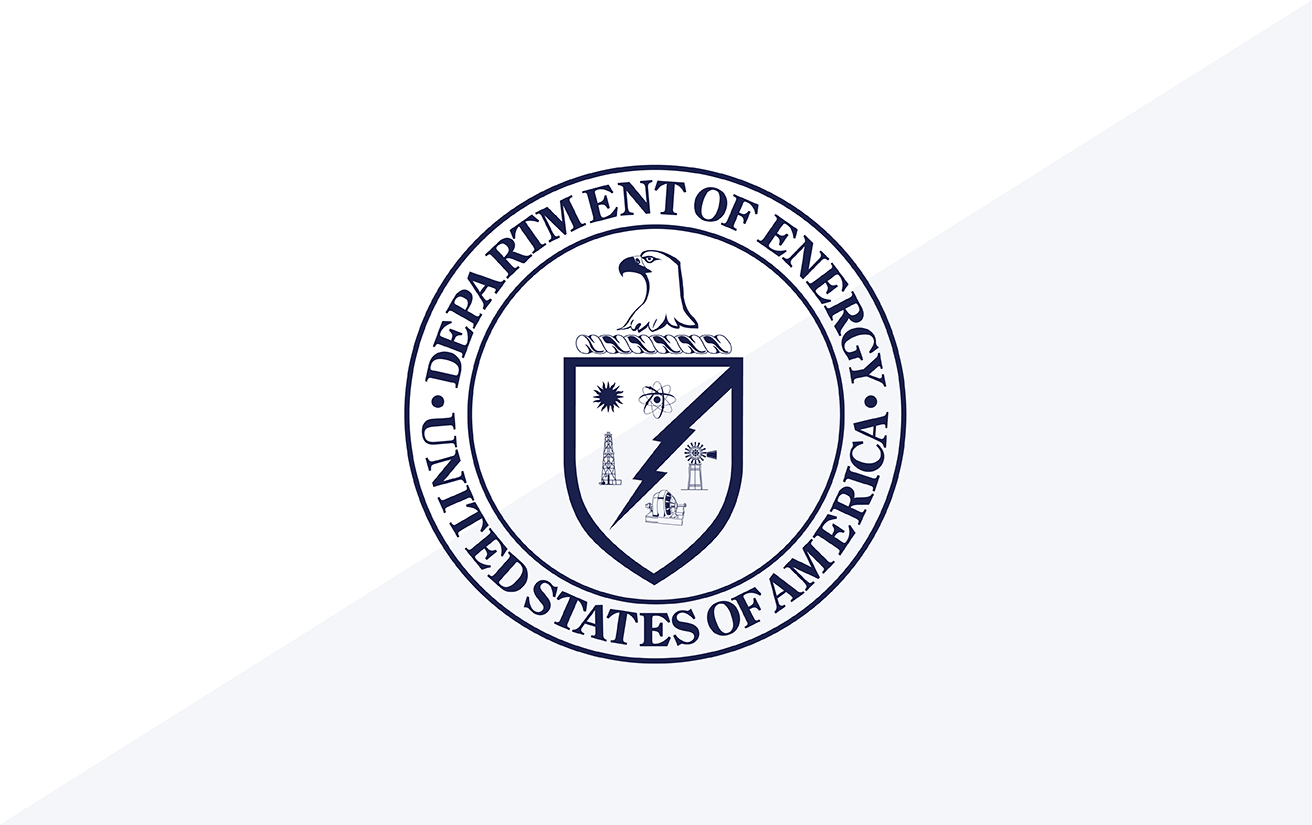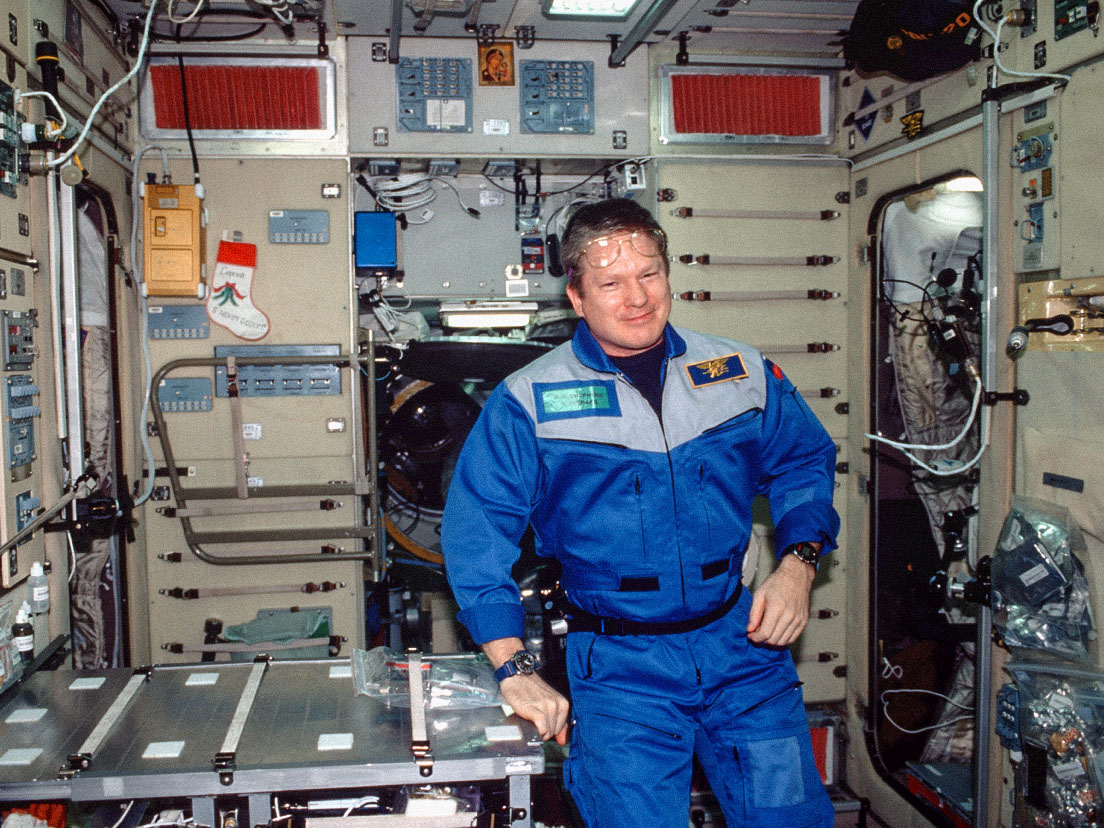
Woodside Energy Group Ltd has raised its projected 2025 production from 188-195 million barrels of oil equivalent (MMboe) to 192-197 MMboe due to “continued strong performance across assets”.
The Australian company saw a one percent increase in output in the third quarter, totaling 50.8 MMboe or 552,000 barrels of oil equivalent a day, according to a stock filing Wednesday. Production consisted of 1.83 billion standard cubic feet a day (Bscfd) of natural gas and 231,000 barrels per day (bpd) of liquids.
The increase comes despite Woodside’s sale of producing oil and gas assets in Greater Angostura in Trinidad and Tobago to Perenco, completed in the quarter.
Woodside reported 13,000 barrels of oil production and 242,000 oil-equivalent barrels of pipeline gas in Trinidad and Tobago in the July-September period, down from 93,000 barrels and 2.21 MMboe in the prior quarter respectively.
In Australia Woodside produced 34.86 MMboe, up from 32.45 MMboe. Australian LNG and piped gas production totaled 20.9 MMboe and 7.85 MMboe respectively, up from 18.9 MMboe and 7.63 MMboe respectively. Australian crude and condensate production stood at 4.94 MMboe, up from 4.92 MMboe.
All of Woodside’s liquefaction facilities – North West Shelf, Pluto and Wheatstone – increased output quarter-on-quarter. Pluto achieved 100 percent reliability. At North West Shelf, Woodside completed planned maintenance offshore at North Rankin and onshore at the Karratha Gas Plant.
Woodside increased sales one percent quarter-over-quarter to 55 MMboe, consisting of 2.12 Bscfd of gas and 226,000 bpd of liquids.
Revenue totaled $3.36 billion, up from $3.28 billion. While realized prices for LNG and East Coast and international piped gas fell, the average realized price rose two percent, “reflecting higher Dated Brent and West Texas Intermediate”, Woodside said.
“We continued safe delivery of Woodside’s major growth projects to schedule and budget”, said chief executive Meg O’Neill.
“Strong momentum on delivery of the Scarborough Energy Project continues, which is now 91 percent complete and on track for first LNG in the second half of 2026. During the quarter, three more development wells were drilled with reservoir quality and well deliverability expectations in line with pre-drill estimates, and pre-commissioning of the subsea infrastructure was completed.
“Our Beaumont New Ammonia Project is 97 percent complete, with key systems now operational and commissioning activities underway. We continue to target first ammonia production in late 2025.
“Our Louisiana LNG Project, comprising three trains, has ramped up with more than 1,000 personnel now on site and construction is 19 percent complete. Strong support for the project from state and federal governments and the Louisiana community was in evidence at our groundbreaking ceremony in September.
“Customer demand for Woodside’s LNG remains robust. Our fully termed sales and purchase agreement with PETRONAS will see Woodside supply one million tonnes per annum of LNG to Malaysia from 2028 for a 15-year period. Under our heads of agreement with BOTAS, Woodside will supply the Turkish company with approximately 0.5 million tonnes per annum of LNG over nine years from 2030, subject to entering a binding sales and purchase agreement.
“Woodside continues to support our customers’ decarbonization efforts. During the quarter, we signed a memorandum of understanding with Japan Suiso Energy and The Kansai Electric Power Co to collaborate on the proposed development of a liquid hydrogen supply chain between Western Australia and Japan, centered on our proposed H2Perth Project. The premier of Western Australia attended the signing event, highlighting the significance of this opportunity”.
To contact the author, email [email protected]
What do you think? We’d love to hear from you, join the conversation on the
Rigzone Energy Network.
The Rigzone Energy Network is a new social experience created for you and all energy professionals to Speak Up about our industry, share knowledge, connect with peers and industry insiders and engage in a professional community that will empower your career in energy.
MORE FROM THIS AUTHOR






















